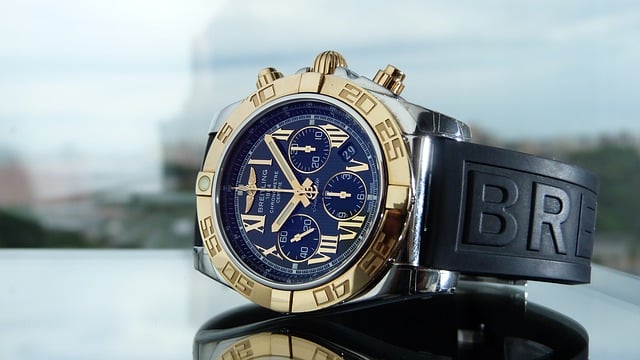
You can pick up a new watch for a fiver down at your local market, or you can spend enough to buy a couple of family hatchbacks. But what are you getting for your money? Robbie from The Best Watches Guide gives us his top 5 things to look out for before you spend big.
What Makes It Tick?
Most watch nerds will tell you that it isn’t really a luxury watch unless it has a mechanical movement. That means that the bit that makes the watch tick doesn’t use a battery but relies either on winding up (manual) or on the wearer’s movement (automatic). The cheaper option is a quartz watch which uses electrical wizardry to keep time.
There are certainly plenty of decent quality quartz watches on sale but if you are spending four figures on a watch then I’d certainly be looking for one which has an automatic movement. The most noticeable difference is that a quartz watch will tick from second to second, whereas a mechanical watch hand will gracefully glide around the dial.
How Accurate Is It?
Just to confuse matters, a quartz watch you could buy from Argos for £100 is probably more accurate than the £10,000 Rolex in a Kensington jewellers. The Rolex keeps time thanks to actual moving cogs, springs and thingymajigs which have been engineered with precision – but it’s still not as accurate as the electrical timekeeping of a reasonably priced quartz watch.
The appeal of a luxury watch is that is shows an appreciation for something which keeps near-perfect time using traditional techniques. If your priority is keeping accurate time, just use your smart phone.
Many of the very best automatic movement watches are given a ‘chronometer’ rating which means they have been independently tested by Swiss horologists to see how well they keep time over several days of fluctuating temperatures and conditions. It’s similar to the grading process for diamonds – it doesn’t improve the watch but it proves its value.
It will probably display the words ‘chronometre certifie’ if it’s gone through the Contrôle Officiel Suisse des Chronomètres (COSC) process.
Where Is It Made?
You won’t find a lot of horologists disputing that Switzerland is the centre of the luxury watch world. Nearly all of the big names you associate with luxury watches are Swiss including Breitling, Rolex, Omega and TAG Heuer.
That’s not to say that some other countries don’t make excellent watches. Japanese watches made by Citizen or Seiko often have many luxurious features and cost a fraction of the price of a luxury Swiss watch. There are also some German brands which are considered amongst the best. Cheap watches tend to come with the familiar ‘Made in China’ stamp on the underside.
How Tough Is It?
Some luxury watches are not tough at all and are more designed for an evening reception at the golf club. Take them swimming and you’ll soon have a £10,000 problem.
However, if a luxury watch sells itself as an aviation or diving watch then take a look at its credentials. At the very least, a luxury diving watch should have a ‘synthetic sapphire’ crystal, meaning that the transparent face of the watch will be tough as old boots, so shouldn’t shatter the first time you drop it.
Water resistance is a funny old thing in the watch market. You might assume that a watch offering ’30 metres’ of water resistance could cope with a dive down to 30 metres. Actually, you should think twice about taking it in the shower.
Proper diving watches have a rating of 200 metres or above, some Breitling watches go as high as 500 metres. Of course, most of us don’t actually spend our weekends exploring shipwrecks but it does show that the watch is built to last.
Who Made It?
We’re entering controversial territory here since every watch fanatic has their favourite brands. However, it’s fair to say that a significant slice of the cost of a luxury watch pays for decades of heritage and a sizeable marketing budget. Omega famously persuaded James Bond to switch from wearing a Rolex in the 1990s, whilst other brands pay huge amounts to sponsor motor racing, football and tiddlywinks tournaments.
You will find that there’s a certain amount of snobbery towards fashion labels which made watches as a side business. You can pay hundreds or thousands of pounds for these but take a close look at the specification to see if you paying for the name or for a well-built timepiece.
Robbie runs The Best Watches Guide

